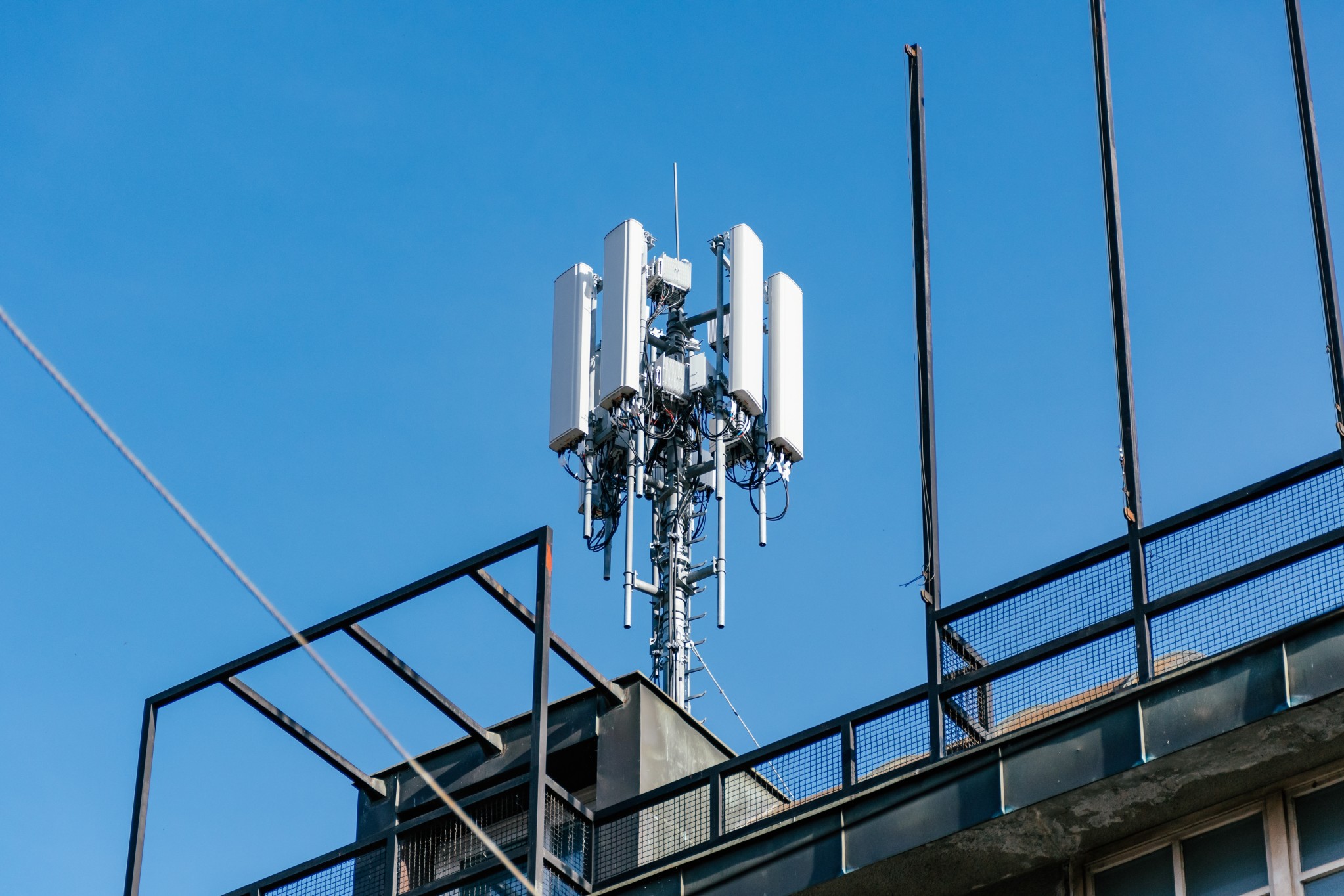What lengths Should I Stay From your 5G Cell phone Tower?

In case you? ve ever before strolled through the community, you may have got spotted small mini 5G cell podiums on street light poles. These show up like small boxes, but they? lso are really transmitting cordless signals from cell phone carriers to your phone.
These smaller sized, purpose-built cell may be are replacing bigger, purpose-built ones. Although less obvious, that they may nevertheless create issues for individuals.
The FCC? s The radiation Exposure Thresholds
The particular Radiation Exposure Thresholds of the FCC establish the risk-free distance from which in turn a person might be exposed to electromagnetic radiation from wireless devices. The direct exposure limitations are established on scientific evidence indicating that RF energy may become hazardous to human being health.
The specific consumption rate (SAR) quantifies the radiofrequency power absorbed by muscle. It is normally 1. 6 watts per kilogram, averaged across one gram of tissue.
Nevertheless, since 5g transfers at higher eq, it may stimulate more energy depth for the skin in addition to other immediately uncovered body parts. This might result in a new variety of achievable consequences, such as the accelerated advancement of skin health issues such as dermatitis, skin cancer, and cataracts.
Due associated with the potentially extreme consequences of 5g radiation, PSU has opted to can charge a general localized power density constraint of 4 mW/cm2 averaged over one cm2, and certainly not to exceed 35 minutes, for all those 5G services at 3 thousands GHz. This confined limit is consistent with the optimum spatial-average SAR regarding 1. 6 W/kg averaged across just one g of cells at 6 GHz.
The FCC? safe distance from cell tower
If you've actually used a cellphone, you surely be aware that an individual must be at the least 400 meters away from tower for safety. This is owing to the fact that the transmitting strength of a cellular tower grows significantly with distance.
Although what is a safe distance from a cell tower may appear just like a wonderful idea, the reality is that these living close to podiums may be even more prone to wellness issues. A 2014 research in India, for instance, indicated that persons which resided within 50 meters of cellular towers had higher health concerns as compared to those who existed farther away.
However, this research also revealed that signs returned to typical within a few days for persons who else relocated to locations distant from cellular towers. Several studies have indicated that exposure to substantial degrees of radiofrequency electromagnetic fields (EMFs) may induce cancer, human brain tumors, and additional health concerns.
RF radiation, which is used in wireless communication, may sink into the outermost coating of the body, the skin. Typically the skin functions while a protective obstacle against mechanical damage, infection by pathogenic bacteria, and the particular admission of hazardous chemicals. It is usually responsible for protecting the integrity of other organs which is the biggest organ in the human human body.
Minimum Exposure Thresholds of the FCC

The FCC's Minimum amount Exposure Thresholds derive from a number of unsupported scientific presumptions. They add the wrong notion that interim exposures to RF radiation are safe still to pay to low transmission into the entire body (i. e., muscle heating) (i. elizabeth., tissue heating).
Furthermore, the assumption disregards the deeper transmission with the ELF parts of modulated RF signals and the effect of brief temperature bursts from pulsed RF waves. These assumptions tend not to line-up with the existing knowledge of typically the biological effects associated with RF radiation; as a result, they should not be utilized to create health-protective exposure boundaries.
Additionally , what is a safe distance from a cell tower and FCC restrict their maximum direct exposure limits to area peak SARs structured on the top spatial specific absorption rate (psSAR), which can be an insufficient dosimetric technique for assessing the level of RF rays exposure. Specifically, psSAR is incorrect with frequencies greater than 6 GHz. In addition, psSAR has not been looked at for RF light with co-exposure to be able to other environmental elements such as sunshine. Interactions between radiofrequency (RF) radiation plus other environmental components may have antagonistic or synergistic outcomes. This would increase the probability of harmful health outcomes. Co-exposure to RF the radiation and sunshine, for instance, may raise the risk of epidermis cancer and aggravate other skin problems, for example acne.
